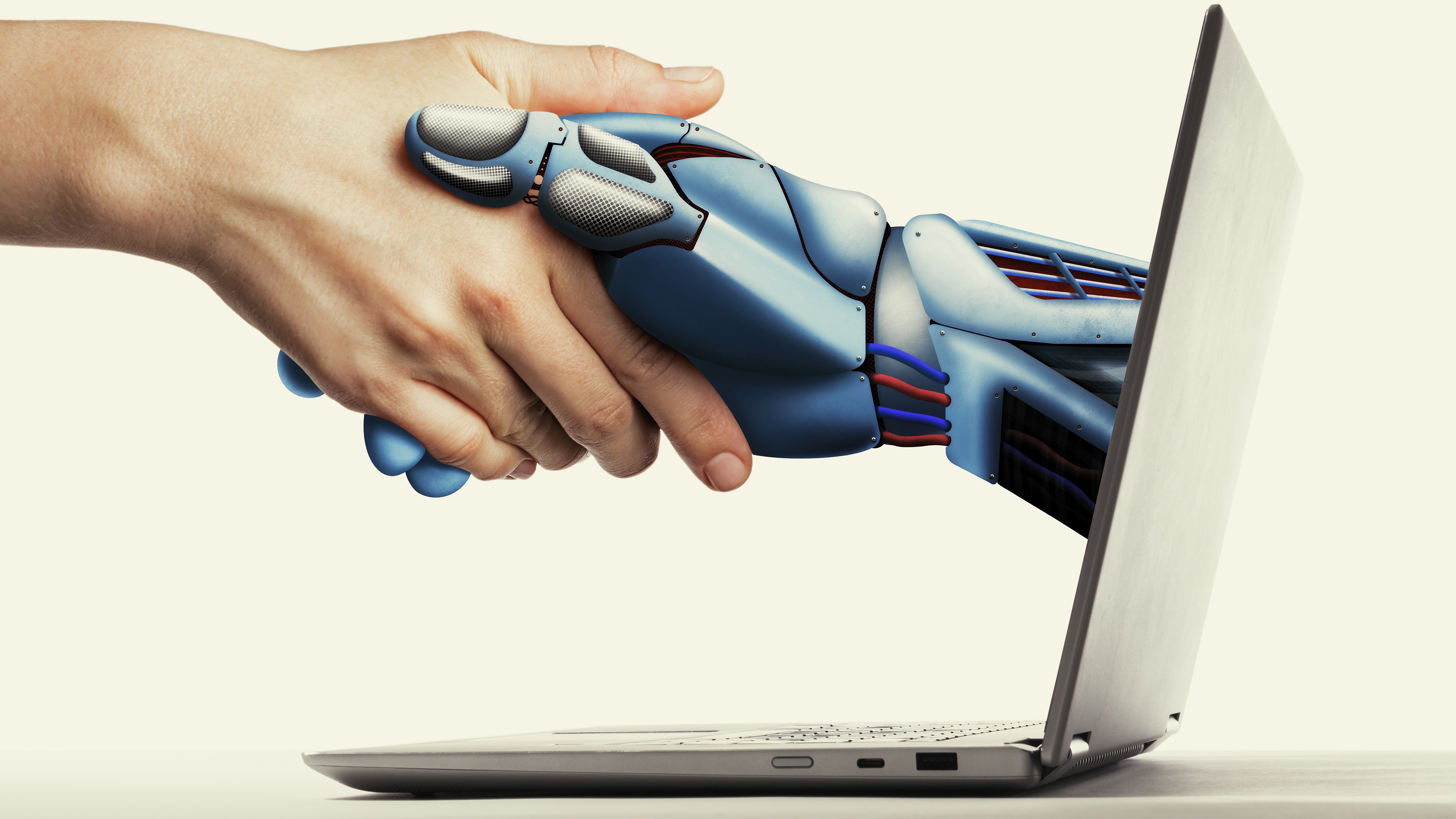AI isn’t a silver bullet - but it can get close if you consider the right AI tools
AI is becoming closer to solving complex business challenges and resource crunches

AI and the way it shapes our society has come a long way from the early days in Alan Turing’s labs, from totally replacing smartphone apps to generating incredible new images in under two seconds. It’s no wonder then that many businesses are bought into and benefitting from AI-based tools and platforms. In fact, a recent IDC report found that 71% of businesses are already using AI while 22% plan to in the next 12 months.
However, to truly realize the benefits of AI, businesses need to carefully consider how much they are reliant on humans to assess the output of AI tools and solutions, and if this is actually enabling them to gain business value or make a meaningful difference. From this will come the opportunity to explore exactly how human beings and technology working in tandem is the answer to unlocking real AI implementation value.
So why aren’t businesses seeing gains from AI?
Despite the gains that many businesses have been offered, lots just aren’t seeing these come to fruition – at least not in the instantaneous way they expected. If you take AI-powered translation software as an example, pharmaceutical companies have narrow windows to turn around advisory literature on patient guidance and the most safe and effective use of their products. This process would benefit from AI-powered translation to make this happen at scale, but this comes with its own challenges.
Language Services and Technology President, RWS.
The output also requires human review from qualified language specialists with specific subject-matter expertise, which can slow down the process and arguably counteract the benefits of using AI in the first place. What organizations are seeing is that this post-editing stage remains the critical gap and the last mile between AI translation output and translation that is trustworthy and fit for purpose – particularly for specialist industries like pharmaceutical, financial services or law.
Additionally, we are seeing that poor or inefficient implementation is holding organizations back from that real AI value add. In fact, a recent Slack survey showed that more than 40% of workers had not received any guidance on how to actually use AI within their role.
Employees need to be onboarded onto the tool properly, given time to understand it and ask questions so they can make the most use of it. This means it can be used at the correct place, at the correct time.
Considering alternative tools: Genuine Intelligence
AI solutions that combine artificial and human intelligence at the correct stage can both help increase efficiency and accuracy. This creates an output for the business which is built on Genuine Intelligence. This is a synergistic combination of artificial intelligence and human intelligence, as opposed to curtailed as to when they are able to bounce off one another. This way AI continually learns and adapts to the context to which its exposed, which itself is selected by human experts.
Are you a pro? Subscribe to our newsletter
Sign up to the TechRadar Pro newsletter to get all the top news, opinion, features and guidance your business needs to succeed!
So, with the pharmaceutical translation example spoken about earlier, a tool which has been properly implemented and built with Genuine Intelligence, would mean language specialists would be involved at the most critical points to assess and teach the AI. Then, translation can still be completed for the business to a high-level of accuracy, but we have not removed the all-important human element which ensures the quality of work is high.
AI tools and platforms that drastically reduce the need for the human-in-the-loop but are also trustworthy enough to have a meaningful impact to the business, are becoming a must within more complex industries.
How can businesses benefit?
Pioneering innovations like this, that aim to lighten the burden on human workers, and not totally replace them, will enable businesses to benefit from a platform that achieves human-like translation quality, almost instantly, significantly reducing the time required for a human-in-the-loop during the translation process. This allows language specialists, for example, to focus their skills and cultural expertise on content that requires their attention.
Through combining artificial and human intelligence, creating genuine intelligence, AI can begin to get closer to becoming the desired ‘silver bullet’ that solves complex business challenges and resource crunches. AI-based solutions developed using genuine intelligence can improve operational efficiency, create accurate content, augment the productivity of humans, and allow more room for humans to focus on the work that they truly excel at.
We've listed the best transcription services.
This article was produced as part of TechRadarPro's Expert Insights channel where we feature the best and brightest minds in the technology industry today. The views expressed here are those of the author and are not necessarily those of TechRadarPro or Future plc. If you are interested in contributing find out more here: https://www.techradar.com/news/submit-your-story-to-techradar-pro
Thomas Labarthe, Language Services and Technology President, RWS.